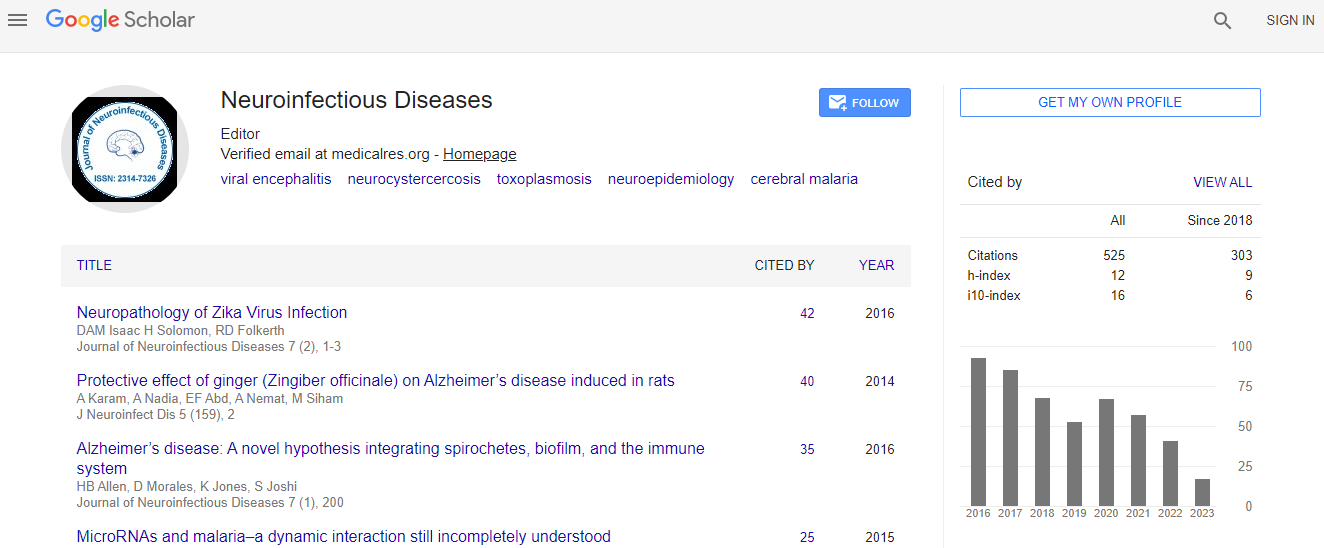Case Report
A Case of Mumps Virus Reinfection Manifesting as Severe Meningitis that Mimicked Tuberculous Meningitis
Megumi Nakanishi, Nobuaki Uchida, Ukichiro Kawai, Miki Oono, Michiyo Fujita-Nakata, Mitsuru Sanada, Shigemi Nagayama and Makoto Matsui*Department of Neurology, Kanazawa Medical University, Japan
- *Corresponding Author:
- Makoto Matsui
Department of Neurology, Kanazawa Medical University, 1-1 Daigaku
Uchinada, Kahoku-gun, Ishikawa Prefecture 920-0293, Japan
Tel: +81-76-286-2211
Fax: +81-76-286-3259
E-mail: veritasm@kanazawa-med.ac.jp
Received date: June 23, 2017; Accepted date: June 30, 2017; Published date: July 03, 2017
Citation: Nakanishi M, Uchida N, Kawai U, Oono M, Fujita-Nakata M, et al. (2017) A Case of Mumps Virus Reinfection Manifesting as Severe Meningitis that Mimicked Tuberculous Meningitis. J Neuroinfect Dis 8: 255. doi:10.4172/2314-7326.1000255
Copyright: © 2017 Nakanishi M, et al. This is an open-access article distributed under the terms of the creative commons attribution license, which permits unrestricted use, distribution, and reproduction in any medium, provided the original author and source are credited.
Abstract
It is known that mumps is an acute and highly contagious systemic viral infection that occurs in childhood, the hallmark of which is parotid gland swelling. Although mumps infection in the central nervous system (CNS) is uncommon among adults in association with vaccinations generally administered in developed countries, CNS involvement can occur without parotitis. Here, we report such a case of severe meningitis due to reinfection by the mumps virus. Based on our findings, we propose that mumps meningitis can mimic tuberculous meningitis in regard to clinical symptoms and course, as well as laboratory test results of cerebrospinal fluid. Follow-up investigations that include key cytokines such as IL-6, IFN-γ, and TNF-β in the CSF are important for differential diagnosis.

 Spanish
Spanish  Chinese
Chinese  Russian
Russian  German
German  French
French  Japanese
Japanese  Portuguese
Portuguese  Hindi
Hindi 
